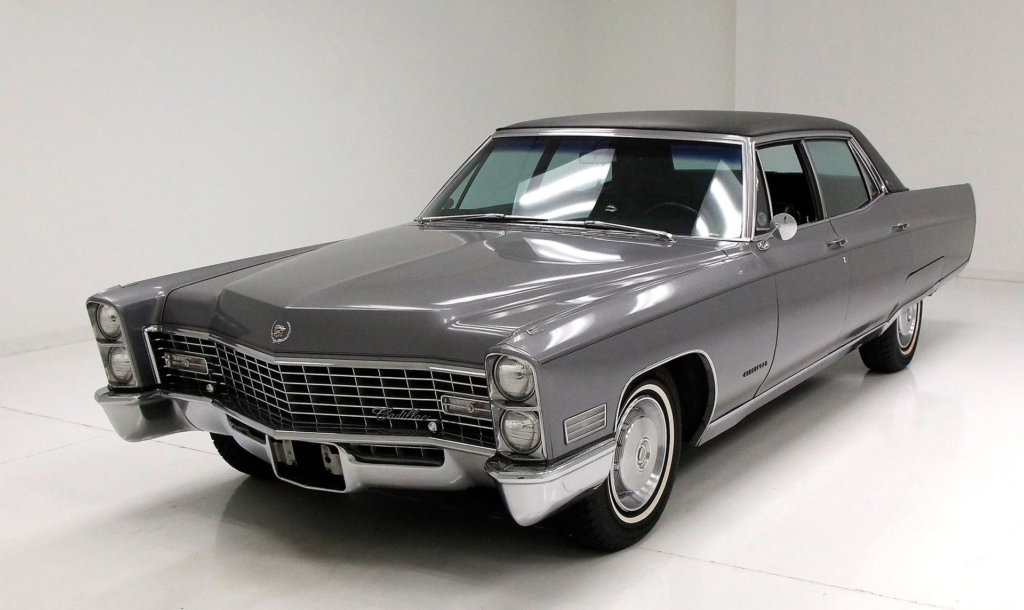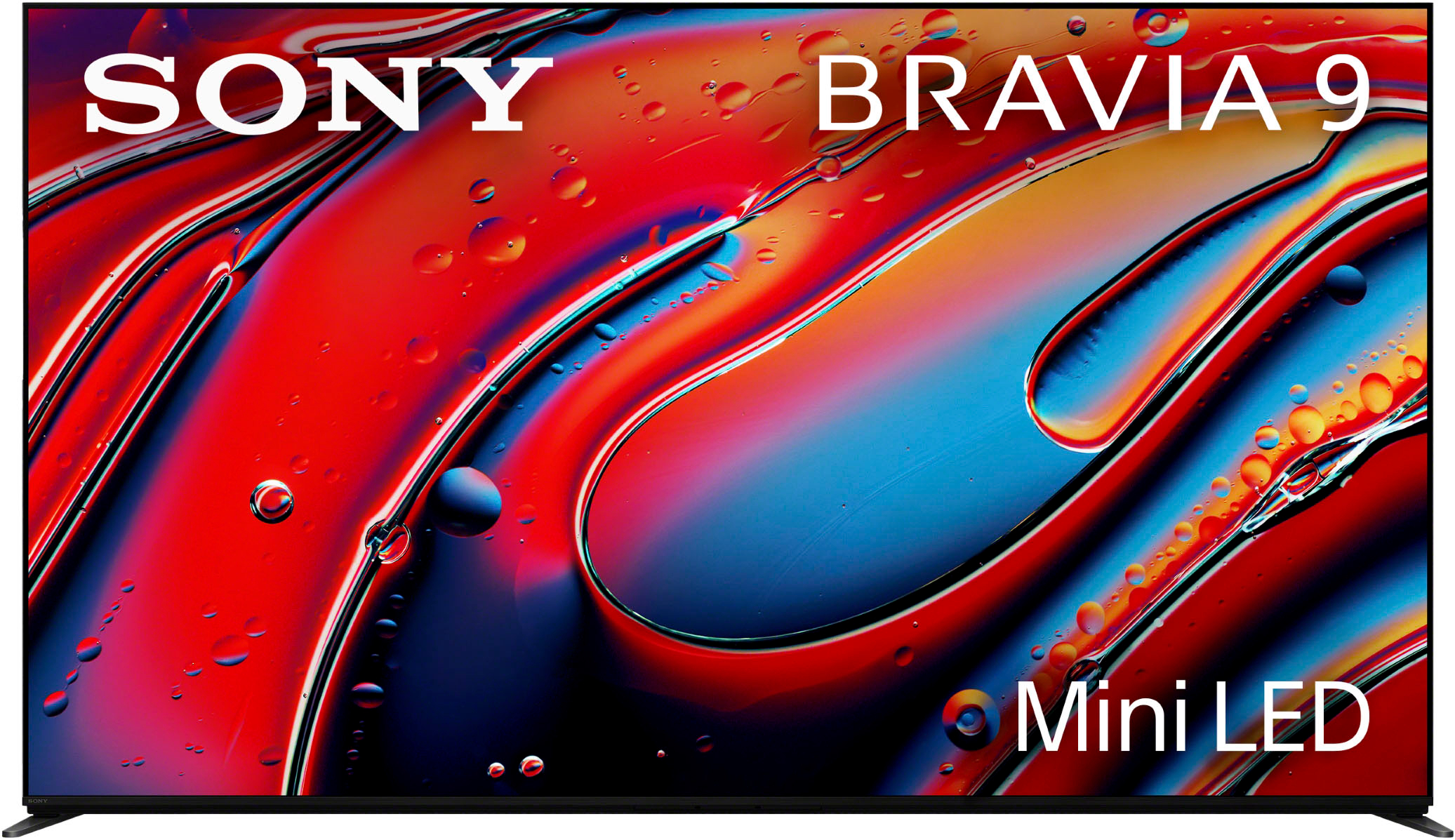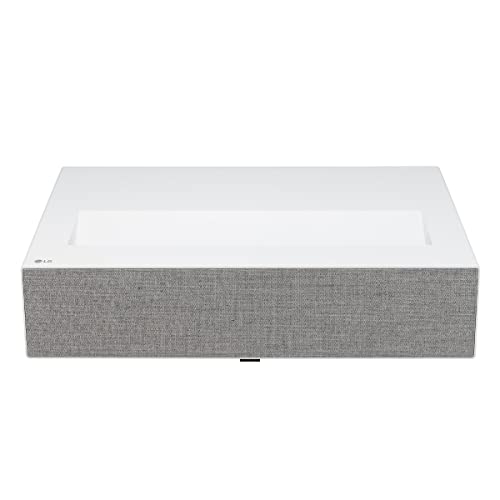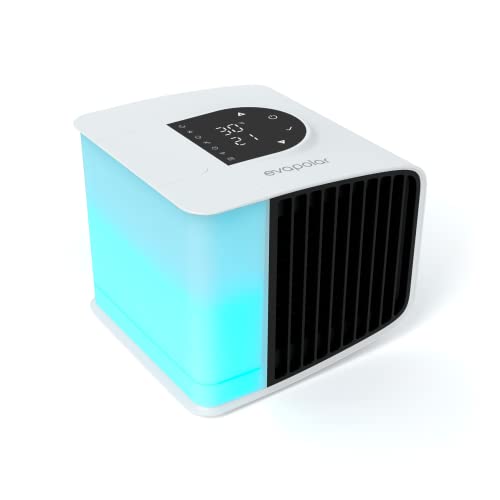The streets of America needed something new in the 1960s. As cities grew and highways stretched across the nation, drivers wanted more than basic transportation. Detroit answered with bold designs like the Pontiac’s Wide Track stance and the Galaxie’s wraparound windshield. The designs reflected a growing national optimism, reshaping how Americans saw their cars and their country.
Curious about small cars as well? We’ve got that covered too – here’s our roundup of the 20 smallest vehicles ever made. In the mean time, let’s discover how these classics captured the spirit of their time.
10. 1961 Chevrolet Impala (Exterior)

American highways in the 1960s witnessed the rise of an automotive icon that helped define the decade’s design language. The Impala’s distinctive silhouette featured triple taillights that became an instant identifier on the road. Measuring 209.1 inches from bumper to bumper, these full-size Chevrolets dominated both city streets and rural routes. The sculptured side panels flowed into dramatic rear fenders, while dual headlights punctuated the bold front grille. Chrome trim enhanced the body lines, culminating in a design that captured the optimistic spirit of the early 1960s.
1961 Chevrolet Impala (Interior)

Period-correct luxury began with the Impala’s thoughtfully designed cabin space. A horizontal speedometer stretched across the dashboard, creating a modern aesthetic that reflected the jet age. Six adults could travel comfortably within the spacious interior, seated on bench seats trimmed in either standard vinyl or premium cloth upholstery. The instrument panel housed essential controls within easy reach, while chrome accents highlighted the radio and climate controls. Period road tests praised the Impala’s trunk capacity, which easily accommodated multiple pieces of American Tourister luggage.
9. 1963 Ford Galaxie 500 (Exterior)

Space-age inspiration met road-going reality in Ford’s flagship full-size offering. Spanning 213 inches, the Ford Galaxie 500 brought jet-age styling to mainstream America through its distinctive stacked headlight arrangement. Chrome trim traced purposeful lines along the body, while a formal grille announced Ford’s upmarket aspirations. Wraparound glass covered 270 degrees of the greenhouse, creating an airy cockpit that perfectly captured the optimism of early space exploration. The broad rear deck and crisp body lines reflected Detroit’s growing confidence in design.
1963 Ford Galaxie 500 (Interior)

Behind the wheel, drivers found themselves immersed in an environment that matched the exterior’s promise of attainable luxury. The cabin stretched 65 inches across, providing generous shoulder room for all occupants. Deep-pleated upholstery covered the broad bench seats, available in either premium vinyl or optional genuine leather. The horizontal instrument panel housed crystal-clear gauges behind a deep binnacle, while sound-deadening materials throughout the cabin reflected Ford’s emphasis on passenger comfort. Period road tests noted the exceptional quietness at highway speeds.
8. 1965 Pontiac Bonneville (Exterior)

General Motors’ “Wide Track” philosophy found its purest expression in Pontiac’s premium offering. Split grille and stacked headlights created an unmistakable face, while the front track width of 62.5 inches set new standards for stable handling. Crisp body-side sculpturing led to subtle rear fins, avoiding the excesses of the previous decade. Chrome accents along the beltline drew attention to the car’s considerable length without overwhelming the clean design. The hood ornament remained a proud throwback to earlier automotive traditions.
1965 Pontiac Bonneville (Interior)

Premium materials and thoughtful ergonomics defined the Bonneville’s cabin experience. Engine-turned aluminum panels spanned the dashboard, housing a comprehensive array of instruments. The wraparound cockpit design placed all controls within easy reach, while premium vinyl or optional leather covered the sculptured seats. Deep-pile carpeting extended up the lower door panels, creating a cocooned environment. Contemporary automotive journalists praised the attention to detail, particularly noting the quality of interior brightwork.
7. 1964 Mercury Park Lane (Exterior)

Detroit’s interpretation of attainable luxury reached new heights through Mercury’s flagship design. The distinctive “Breezeway” rear window, featuring power retraction capabilities, set the Park Lane apart from its competitors. A wheelbase of 126 inches provided the foundation for clean, uncluttered body sides. Integrated bumper designs wrapped seamlessly around the corners, housing park lamps and backup lights within substantial chrome guards. Period advertising emphasized the “continental” influence on the formal roofline and grille treatment.
Mercury Park Lane (Interior)

Automotive journalists of the era praised the Park Lane’s careful blend of comfort and control. Multi-density foam padding beneath premium upholstery materials created seating surfaces that remained comfortable during extended drives. The dashboard featured a unique floating-instrument design that contemporary reviews celebrated for its clarity. Brushed aluminum trim pieces accented the major controls without overwhelming the clean layout. The deep-dish steering wheel incorporated both a translucent rim and functional horn ring, details that spoke to Mercury’s attention to driver comfort.
6. 1964 Lincoln Continental (Exterior)

Elwood Engel’s masterwork redefined American luxury through purposeful restraint. Center-opening rear doors became an instant identifier, while the clean slab sides avoided the chrome excess common to the era. Hidden headlamps, introduced in later models, maintained the grille’s architectural simplicity. The design team’s dedication to clean surfaces extended even to the trunk lid, where the traditional continental kit became a subtle suggestion rather than a literal spare tire. Contemporary critics praised the Continental’s rejection of planned obsolescence in favor of timeless design.
1964 Lincoln Continental (Interior)

Behind those famous doors lay an environment that prioritized function over flash. Rear seat legroom exceeded 45 inches, while the center-opening design allowed dignified entries and exits. Genuine leather and real wood trim pieces reflected Lincoln’s commitment to authentic materials. The dashboard design emphasized horizontal planes, with controls placed exactly where contemporary ergonomic studies suggested they should be. Road tests from the period consistently praised the cabin’s exceptional noise isolation at highway speeds.
5. 1965 Oldsmobile 98 (Exterior)

In the hierarchy of General Motors’ prestige divisions, the 98 represented Oldsmobile’s finest engineering achievements. The distinctive split-grille design, paired with quad headlamps set in chrome bezels, established a premium presence. A total length of 220 inches created commanding proportions, while restrained use of brightwork reflected the division’s engineering-focused reputation. Linear body sides incorporated subtle creases that contemporary critics praised for their execution. Period documentation highlighted the model’s extensive use of rust-proofing techniques, a significant advancement for the era.
1965 Oldsmobile 98 (Interior)

Advanced ergonomics shaped the 98’s cabin architecture, reflecting Oldsmobile’s position as GM’s innovation leader. A unique pod-style instrument cluster housed essential gauges within the driver’s natural sight lines. Deep-set bucket seats, when specified, featured a new foam composition that period reviews praised for its support. The introduction of dual-zone climate controls marked a significant advancement in passenger comfort. Contemporary automotive journals noted the exceptional sound deadening materials used throughout the cabin.
4. 1964 Buick Electra 225 (Exterior)

Named for its impressive length, the “deuce and a quarter” represented Buick’s interpretation of premium motoring. VentiPorts along the front fenders continued a Buick tradition that dated to 1949. The signature “dollar grin” grille, featuring 225 individual squares, demonstrated the division’s attention to detail. Sweeping body sides incorporated subtle character lines that contemporary designers praised for their restraint. Delta-wing taillamps provided a distinctive nighttime signature that became instantly recognizable on American highways.
1964 Buick Electra 225 (Interior)

Period-correct luxury reached new heights in the Electra’s carefully crafted cabin. Sound isolation exceeded 40 decibels at highway speeds, establishing new benchmarks for interior quietness. The wraparound dashboard incorporated electroluminescent gauges, a technology that contemporary reviews celebrated for its clarity. Premium materials covered every surface, from the sculptured door panels to the deep-pile carpeting. Road tests from the era consistently praised the exceptional smoothness of the power-assisted controls.
3. 1966 Chrysler Imperial Crown (Exterior)

Competing directly against Cadillac, the Imperial established its own unique place in American luxury. Free-standing headlamps, a signature design element since 1961, created an instantly recognizable facade. The distinctive “gun sight” taillamps, mounted 227 inches from the front bumper, served as a testament to the car’s impressive scale. Engineering advancements included torsion-bar suspension, which period road tests praised for its superior handling characteristics. Contemporary automotive journalists noted the Imperial’s build quality, which reflected Chrysler’s commitment to hand-finished details.
1966 Chrysler Imperial Crown (Interior)

Technological innovation defined the Imperial’s interior appointments. Electroluminescent instrumentation, marketed under the “Panelescent” name, eliminated traditional gauge shadows. Push-button transmission controls, mounted in a dedicated panel, exemplified the era’s fascination with aerospace-inspired controls. Premium broadcloth or leather upholstery covered individually adjustable front seats. Period sales literature emphasized the extensive sound-deadening materials, which created a notably hushed driving environment.
2. Cadillac Fleetwood Brougham (Exterior)

Cadillac’s position as America’s standard of luxury found its fullest expression in the Fleetwood Brougham. The formal roofline, enhanced by a 130-inch wheelbase, established proper proportions for a prestige vehicle. Double-clear coat paint finishes required extra production time, reflecting the division’s emphasis on exterior quality. Minimal bright trim along the body sides demonstrated a restraint that contemporary critics praised. The formal C-pillar design became an industry standard for luxury car profiles.
Cadillac Fleetwood Brougham (Interior)

Superior craftsmanship pervaded every aspect of the Fleetwood’s passenger compartment. Genuine wood trim, hand-selected for grain matching, adorned the dashboard and door panels. Sierra grain leather, when specified, underwent additional tanning processes to ensure longevity. Fiber-optic warning systems monitored vital vehicle functions, representing cutting-edge period technology. Contemporary automotive writers noted the exceptional attention to detail in the stitching patterns and material selection.
1. 1968 Cadillac Series 75 Limousine (Exterior)

As the pinnacle of General Motors’ passenger car lineup, the Series 75 embodied the ultimate in motoring luxury. A wheelbase of 149.8 inches provided the foundation for proper limousine proportions. The formal roof design incorporated 3.5 inches of additional headroom for rear-compartment passengers. Unique rear doors, longer than those on standard Cadillacs, facilitated graceful entrances and exits. Period documentation emphasized the additional structural reinforcement incorporated into the extended chassis.
1968 Cadillac Series 75 Limousine (Interior)

Division-window sedans represented the height of automotive luxury in the 1960s. Scottish wool broadcloth covered the rear compartment seating surfaces, while leather remained standard in the driver’s area. Separate heating and air conditioning controls allowed independent climate adjustment for each compartment. Jump seats, trimmed to match the permanent seating, provided occasional-use seating without compromising passenger comfort. Contemporary accounts noted that many Series 75 limousines served in diplomatic and governmental roles, a testament to their status and quality.




























